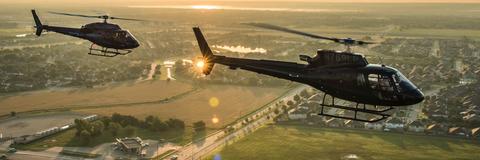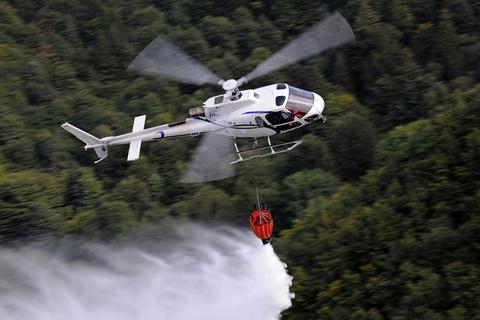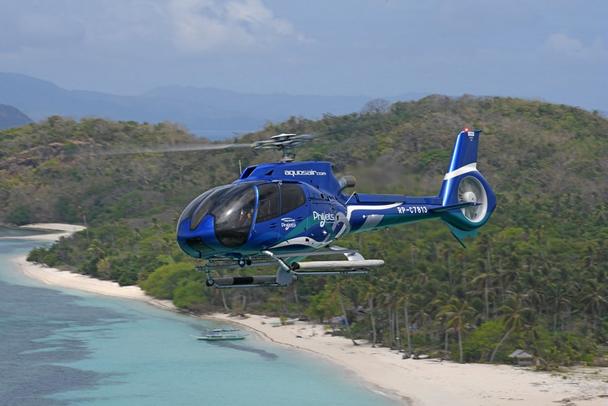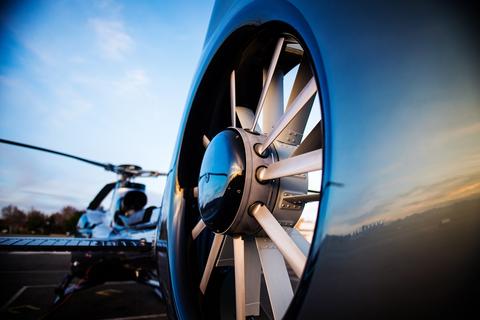The H125 (previously designated the AS350 B3e) outclasses all other single-engine helicopters for performance, versatility, low maintenance, and low acquisition costs, while also excelling in high-and-hot and extreme environments. It is a member of Airbus’ Ecureuil family, which has accumulated over 39 million flight hours worldwide.
World-record holder
In 2005, the H125 made the highest-altitude landing and takeoff on Mount Everest at 8,848 metres (29,029 feet) – a performance record that it still holds today. In addition to this noteworthy record, the AS350 series is the leading type in the civil & parapublic turbine helicopter fleet, occupying 15% of the global fleet.

Up to 7 on board

136 kts

4h27min

340NM
Backed by experience and a long heritage
The H125 is a member of Airbus’ rugged and proven Ecureuil family. Over 7,200 members of the Ecureuil family (AS350, AS355, AS550, AS555, H125, H125M, EC130, H130) have been delivered in 137 countries to more than 2,600 operators. Together, these rotorcraft have accumulated more than 39 million flight hours. The H125 continues as the undisputed leader in its class for 30 years.
Some 4,200 rotorcraft in this series currently are in service worldwide (of which close to 1,500 are the H125/AS350 B3e versions), and they primarily are used for high-performance missions in high and hot conditions.
The H125-series helicopters have broken world records throughout their career. In 2005, the AS350 B3 set the world record for the highest-altitude landing and takeoff, performed on Mount Everest at 8,848 meters (29,029 feet) – a title still held today. In May 2013, the AS350 B3 performed the world's highest long-line rescue operation on Lhotse, the world's fourth highest mountain, located in the Himalayas at 7,800 meters (25,590 feet).
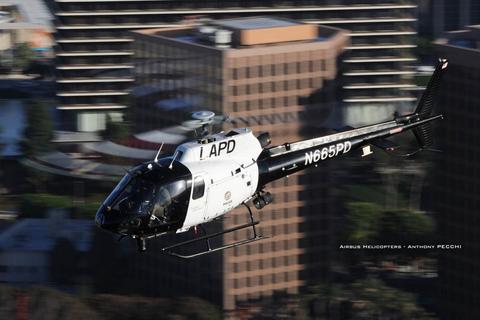
Making the best even better
The H125 is equipped with a Safran Helicopter Engines' Arriel 2D turboshaft engine with a dual-channel full authority digital engine control (FADEC) unit, plus a third independent and automatic backup channel and an automatic engine startup. The Arriel 2D is fitted with an engine data recorder.
A multi-mission workhorse
With built-in manoeuvrability, excellent visibility and low vibration levels in the cabin, the H125 has earned its reputation as a true multi-mission workhorse – becoming a common sight at heliports, hospital landing pads, police department operations centres and airports around the world.
In addition to hundreds of optional equipment choices and supplemental type certificates (STCs), the H125’s cabin has a flat floor that can be quickly and easily reconfigured for various missions, including aerial work, firefighting, law enforcement, rescue, air ambulance, passenger transport, and many others.

Safe and intuitive
The H125 provides enhanced safety and reduced workload for pilots with its touchscreen glass cockpit instrument panel, which incorporates the Garmin G500H TXi avionics suite and Vehicle & Engine Multifunction Display (VEMD) developed for Airbus. The VEMD enables pilots to monitor the main vehicle and engine parameters at a glance. The helicopter’s wireless connection automatically transfers flight data at the end of each flight.
In addition, the baseline H125 is now equipped with a crash-resistant fuel system fully compliant with Part 27.952 crashworthiness guidelines for swing load operations.

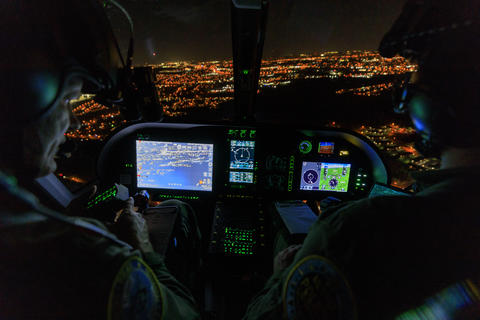
Supported by Airbus’ global network
Wherever customers operate, a member of Airbus’ worldwide service network is nearby to provide the support needed to keep their H125s flying.
This network includes 30 customer centers and affiliate sites; along more than 100 distributors, representatives, training centers, repair and overhaul facilities and maintenance centers, as well as logistics hubs in France, Hong Kong and Germany.
Airbus is at customers’ service, from technical support, component repair and overhaul to spare parts support, technical publications, and training.
For more information, visit the HCare Services section.
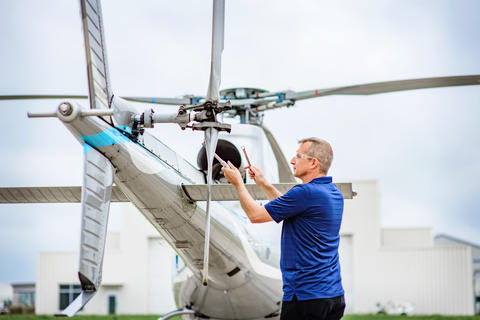
Featured H125
Explore more
